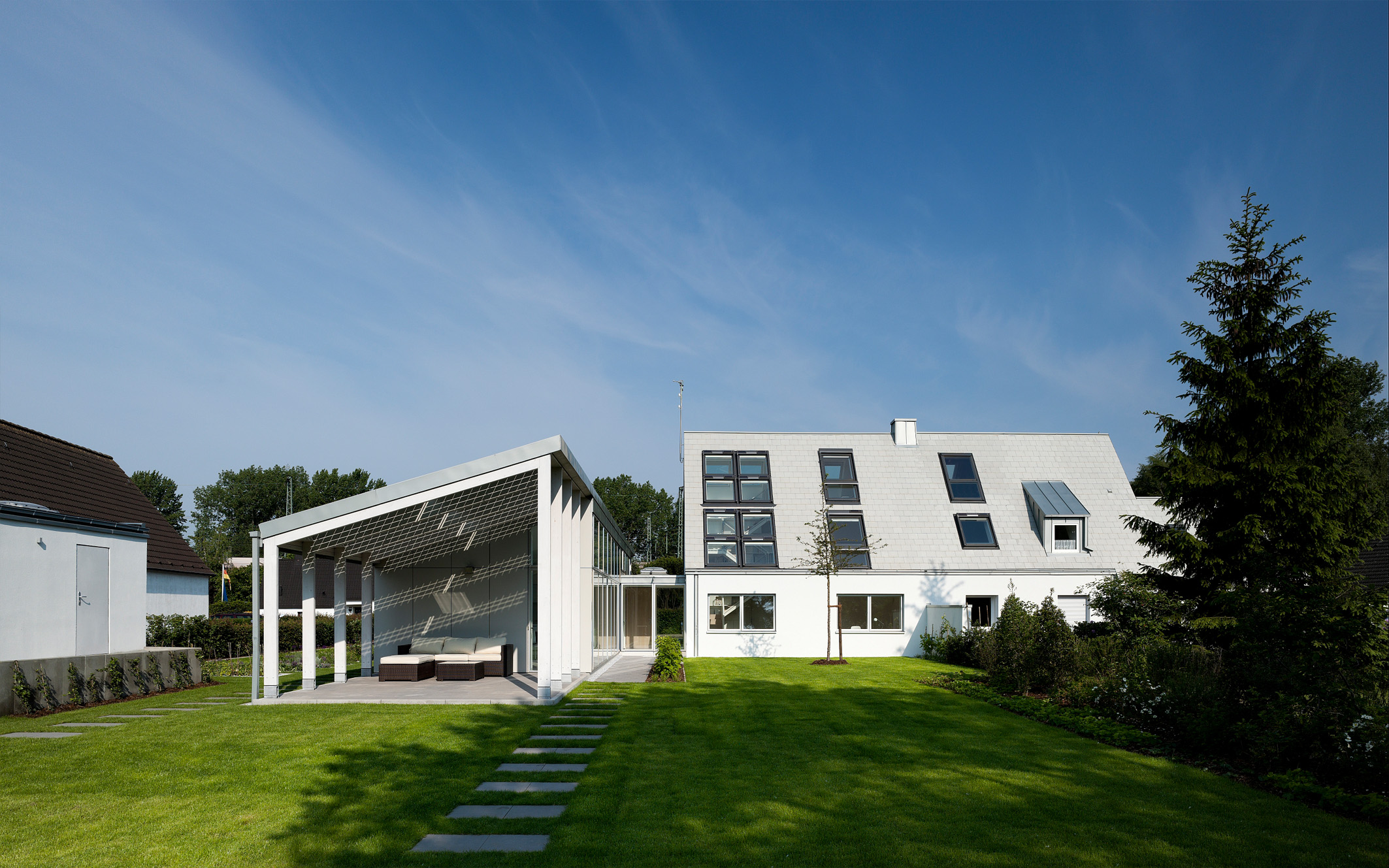By Lara Hale.
It is already challenging to make small changes to buildings – painting the window panels, upgrading the kitchen, or even (as many Copenhageners are familiar with) installing a shower. But there is a pressing need for more extensive change – we need to learn how to build again and build more sustainably. As part of the EU Marie Curie project “Innovation for Sustainability (I4S)”, my PhD dissertation investigates how the Active House Alliance and their co-founder, VELUX, experiment with demonstration houses in order to develop a sustainable building standard for a trifecta: environment, energy, and comfort. In other words, it examines how they use experiments (building, then building again) to best synergize the three and holistically improve building practice.
The third dimension “comfort” has been particularly challenging to develop in that there has not historically been a formal definition or measurement of comfort in buildings. The PhD’s first article delves into how Active House goes about legitimating technical specifications (i.e. measurable parameters) for comfort in buildings. Not least of all, this has involved revisiting basic elements like light exposure, air exchange, and indoor human health (see for example the Circadian House Report). The research finds a reciprocal relationship between commensuration (conversion of qualities into comparable quantities, see Espeland & Stevens, 1998 and 2008) processes and legitimacy building – both among other professionals internationally and locally in the context of the projects.
The second article addresses structurally influencing the building users towards sustainable consumption – so that by design, people may behave more sustainably in buildings. Buildings are made with default rules: the rules for which infrastructural set-ups come ready-made. We know that default rules can affect sustainability-related behaviors (Mont et al., 2014; Sunstein & Reisch, 2013; Dolan et al., 2011; Brown et al., 2013). For example, the space orientation determines how much light a living room receives, and thus when and how for how long one uses lights. The literature holds that default rules work, in part, because they do not engage people’s awareness. However, this research finds that, in relation to sustainable consumption, that there are further nuances. Where at first people are unaware of how the defaults are affecting their behavior, after they leave the experimental buildings and live in their former, non-sustainably designed structures, the contrast makes them aware. It is this change that gears them towards making more sustainability-oriented consumption choices in the future.
Lastly, the third paper delves into the development of sensor-based building technology systems, such as WindowMaster, NetAtmo, Nest, and so forth. In an era of pressure for technologies that can decide for or replace the actions of people (McIntyre-Mills, 2013), building systems can manage entire households – from running grocery lists and scheduling exercise to adjusting electricity usage and changing temperature. At the same time, the building industry grapples with the performance gap, wherein the planned energy performance of buildings does not match reality, largely explained by failures to grasp how people will behave (Frankel et al., 2015). Rather design needs both technical and social considerations (Maguire, 2014). This article uses the Active House building demonstrations to show how these experiments have helped standards makers to learn from too much focus on technological automation – as it leads to an overshoot, wherein people feel too controlled by technology and either submit or tamper with it, akin to technological interaction highlights in the works of Rip and Kemp (1998) and Shove (2003). The paper argues that the pendulum can swing too far towards technological reliance, and that co-design, a balance between human and technological development is needed – especially under seeking sustainable solutions to societal challenges.
Altogether, the idea is: that which is built can be rebuilt, our norms and practices are fluid and constantly under development. In the case of sustainable building, governance projects and experiments must tackle challenges of measurement, consumer base, and rapidly evolving technologies. It is an era of uncertainty, wherein there are no clear trajectories for sustainability transitions; but when experimenting within the frame of learning and adapting for the next steps, we can lay the first building blocks.
Lara Anne Hale, MSc, is Marie Curie PhD Fellow at Copenhagen Business School at the Department of Management, Society, and Communication. Her research areas explore experimental governance, standards, innovation, green building, sustainability transitions, sustainable production and consumption. You can follow her on Twitter.
Pic by Open Buildings, showing LichtAktiv Haus.
